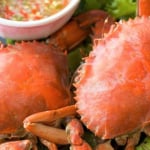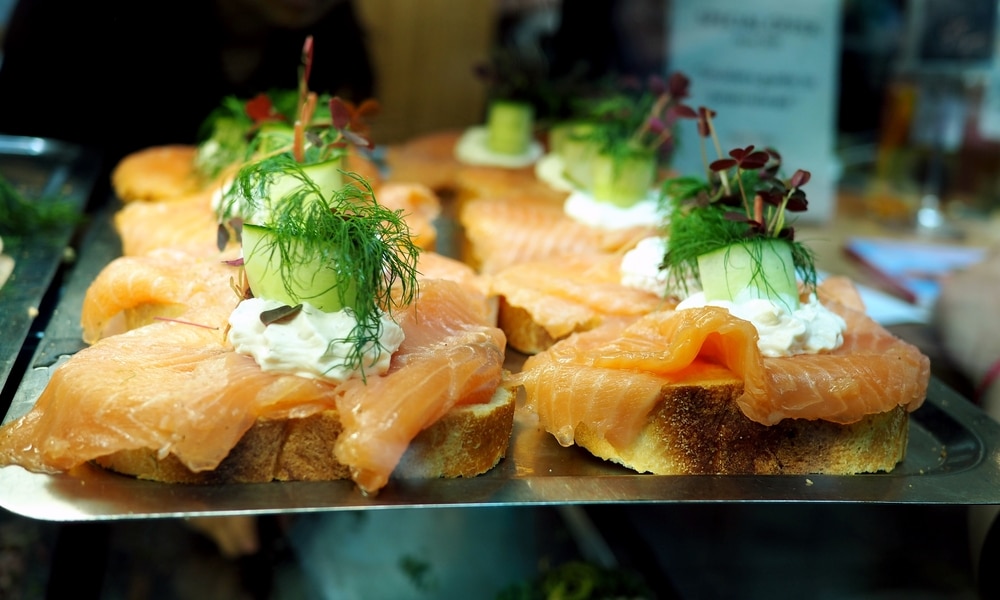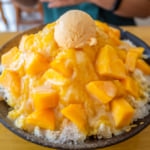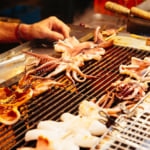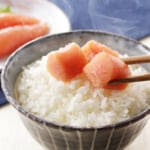Photo by Na Nok/Shutterstock
9 Food and Drink Experiences You Have to Try in Sweden
The last decade has seen Sweden make a significant mark in the culinary world with unique concepts such as foraging and farm-to-table dining. The country has always held family and food as an integral part of its strong legacy. Nowadays, Sweden is a favorite with gourmands for serving exclusive gourmet options through its top-class Michelin starred restaurants. Behind the success of Sweden’s rise in the food industry are age-old customs and techniques that continue to be a part of the local culture. Quirky, amusing, and in some cases considered revolting by outsiders, no visit to Sweden is complete without indulging in a few gastronomic surprises that add character to its culinary heritage.
table of contents
[x] close
9 Food and Drink Experiences You Have to Try in Sweden
Fika
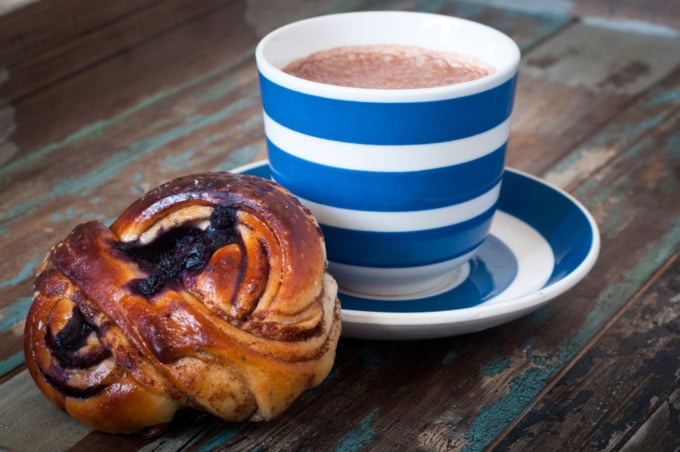
Photo by CatchaSnap/Shutterstock
Fika epitomizes the basics of Swedish culture. In simple terms, it means a 'coffee and cake break.' But there is a lot more to the concept than just that. Fika is about taking time out of the daily grind, allowing for a chance to recuperate and get the mind refreshed and working again. It also highlights the importance of people and how having fika in the middle of the day, with a friend or family member, is something natural and even expected of people. It doesn’t even necessarily have to be about coffee or cake. You can have tea, sandwiches, or a proper meal if you like. The idea is to socialize with others and take time off from whatever you're doing at the time.
Surströmming
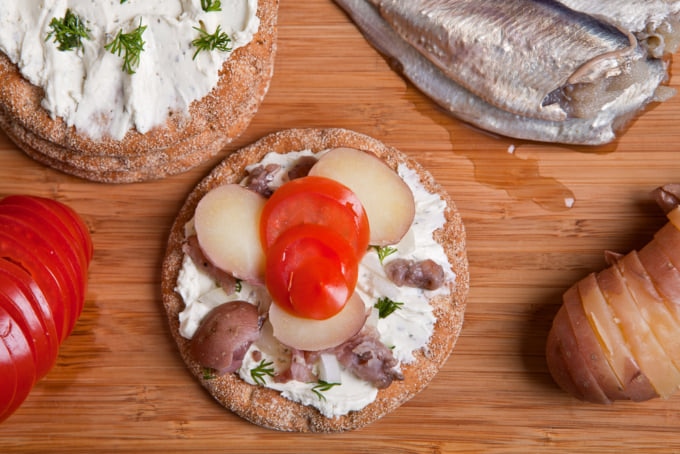
Photo by Marina Khlybova/Shutterstock
This fermented Baltic Sea herring is infamous for being one of the most pungent foods in the world. Available in often bulging tin cans, surströmming is always eaten outside, preferably in a vast open area. When eating, most locals add small pieces of the herring on top of a cracker or sandwich, with ingredients such as potatoes and onion, to tone down its robust flavor. Outsiders are often taken aback by the strong, pungent smell of the fish; however, it is part of Swedish culture and should be respected when eaten. The Swedes celebrate surströmming during August with a special festival where everyone gets together to have a fishy feast.
Ärtsoppa
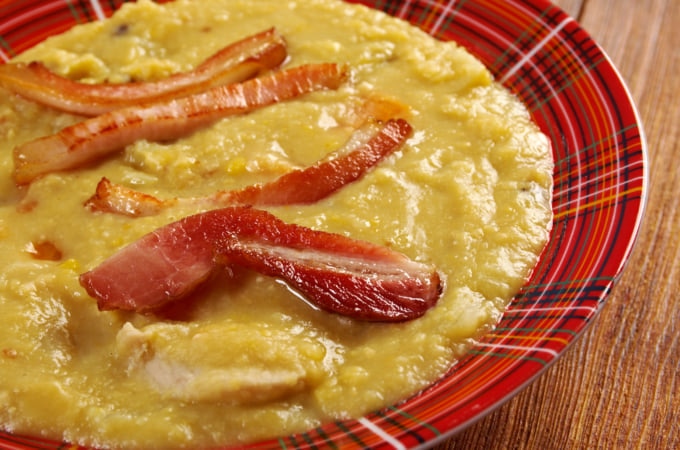
Photo by Fanfo/Shutterstock
Upon understanding the nuances of Swedish dishes, a recurring trend that features throughout Swedish cuisine is sustainable cooking. Soup, as a result, is a favorite amongst locals and a regular part of their diet. Not only does soup highlight the love Swedes have for slow-cooked meals, but it is also the perfect way to reduce food wastage. For a slightly more ancient approach, yellow pea soup is a Thursday staple in many Swedish homes. Typically served with pancakes, many believe that ärtsoppa has its origins from when maids would leave early on Thursdays and pea soup was an easy dinner to make.
Smörgås
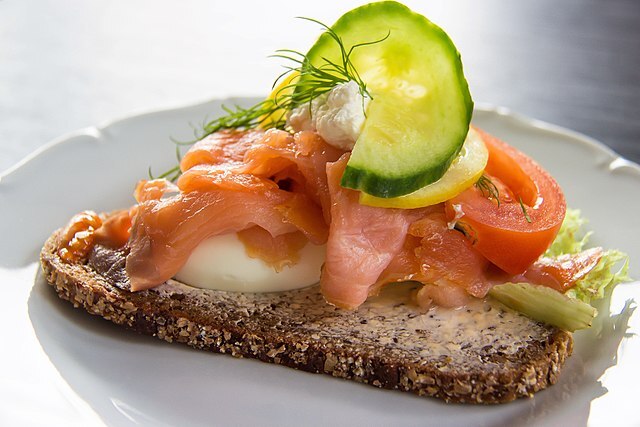
Photo by Infomastern/Wikipedia
Bread, buttered to perfection and layered with meats, vegetables and cheese, smörgås is all about the 'open sandwich.' Although, you'll find them all over Scandinavia, the Swedes have an inevitable liking for these sandwiches, available in a variety of options. The name smörgås, when translated, means "butter goose." However, the bird has nothing to do with the sandwich, except in a few cases when someone might use goose pate on it. The name in fact comes from tiny knots that form on top of the cream when it is churned to make butter. These knots are like geese on water and thus the name smörgas came about. Over time, the name has become the generic term for open sandwiches in the area.
Lingonberry Jam
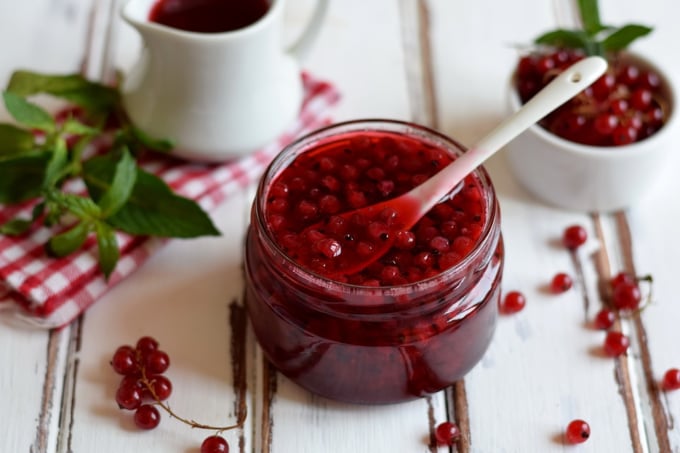
Photo by pixabay.com
A must-have in Swedish homes, lingonberry is mostly sour with a hint of sweetness. To counteract its tart flavor and also to preserve it during the colder months, the berries are sweetened and made into a jam. The jam itself is very natural and consists only of the berries, sugar and water. Similar to cranberries in its disposition, lingonberry jam goes well with several types of meat. It's also a quick snack that Swedes love to eat with crackers or bread. However, the best way to indulge in lingonberry jam is to eat it with another of the country's favorites, Swedish meatballs.
Kanelbulle
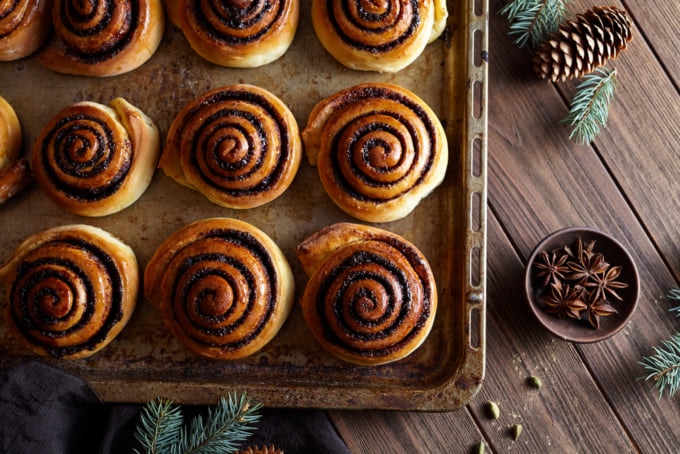
Photo by GreenArt/Shutterstock
Very much like the Danes have their Danish pastry, the Swedish enjoy kanelbulle. Cinnamon buns are Sweden’s national dessert and available all over the country in supermarkets, cafes and restaurants. Combined with the concept of fika, cinnamon buns form an essential part of the Swedish daily diet. The buns have a slightly flakey outer layer with a soft interior. Topped with powdered sugar, cardamom is also a characteristic flavor locals add in to the dough. Statistics show that Swedes consume over 300 kabelbulle each, in a year. To signify the importance of cinnamon buns, Sweden even celebrates October 4th as Kanelbullens Day.
Smörgåsbord
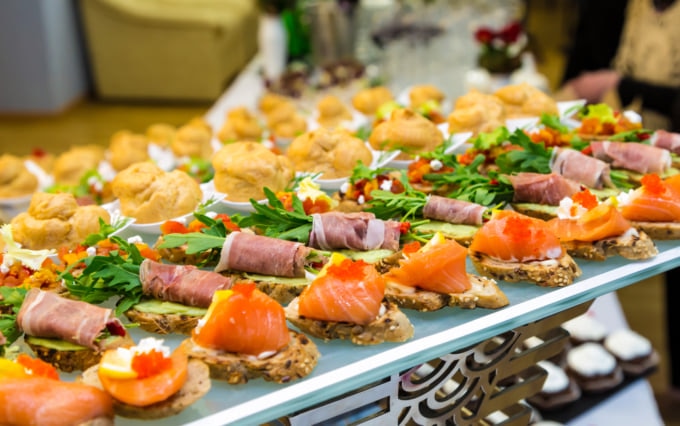
Photo by lapandr/Shutterstock
The notion of community is an essential aspect of Swedish life, and nothing brings people together quite like food. Smörgåsbord solidifies this idea as it features several hot and cold preparations for everyone to eat, in a buffet-style layout. Smörgåsbords typically consist of bite-sized food such as open sandwiches, cold cuts, cheese and bread, but together makes for a complete meal. Swedes start with the cold dishes first and then move on to the warmer ones towards the end. In restaurants, you usually pay a fixed price for a Smörgåsbord and then eat to your heart’s content, from the selection on offer.
Lördagsgodis
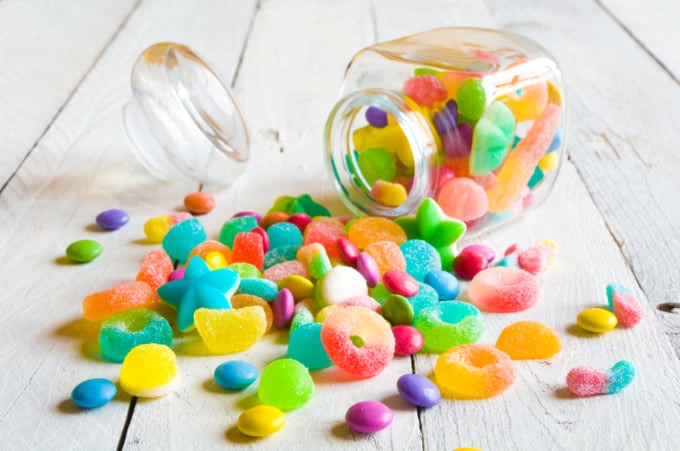
Photo by Maria Uspenskaya/Shutterstock
A sugary tradition that revolves around candy, lördagsgodis is the coming together of the family on Saturdays to satisfy their sweet cravings. What started as a way to limit sugar, has over decades transformed into a weekly event wherein families hit the pick-n-mix stalls to consume loads of toffees and chocolates. “Saturday Candy” is primarily a favorite with children. Swedish families use lördagsgodis as an excuse to spend time with each other and will sit down for a movie at home while munching on bags of goodies.
Snaps
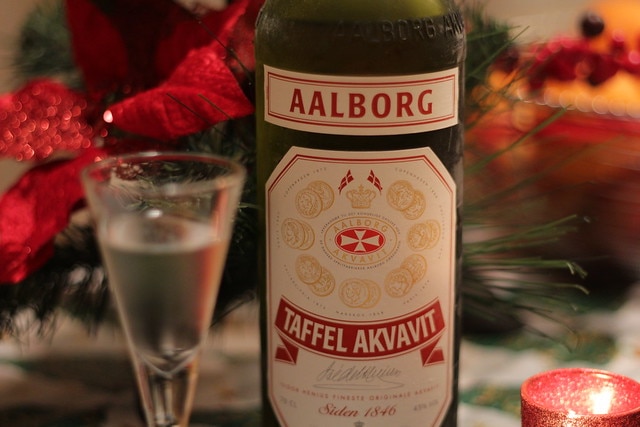
Photo by Lemsipmatt/Flickr
Drinking traditions exist all across the world, and Scandinavia is no exception. Snaps ideally are made with akvavit, a spirit made of grain and potatoes, consumed during the holiday season. Although they can also be vodka shots or any other flavored liquors. Swedes have snaps in groups, where the guests wait for the host, every time, to raise his or her glass before they consume the drink. Moreover, while taking snaps, it's polite to look into the eyes of your drinking companion until the glasses are back on the table.
Conclusion
At times underrated, yet fascinating at its very core, Swedish food is a delight to savor for those who like to experiment with exciting and interesting flavors. Combined with a streak of adventure and culinary history, eating local delicacies in Sweden will leave your taste buds in a guaranteed state of unmatched euphoria.


